Trees help counter global warming by removing and storing greenhouse gases that cause it.
But as droughts become more frequent as a result of climate change, forests are also at risk of not having enough water to survive. European researchers are racing to understand more about how trees respond to drought as part of the fight against climate change.
Forests combat global warming by absorbing carbon dioxide but they are depleted by drought. Trees that adapt to climate change conditions could hold some answers.
By SANDRINE CEURSTEMONT
Forests help counter global warming, but they are also threatened by it. Many tree species struggled this past summer as much of Europe was hit by heat waves and a severe drought – thought to be the worst in 500 years.
Even olive trees, known for their ability to resist dry conditions, have suffered. Spain is the world’s leading producer of olive-oil but many Spanish farmers expect their olive-oil harvests this year to decline by as much as 50%.
In this context, Horizon researchers are racing to understand more about how trees respond to drought as part of the fight against climate change.
Carbon sinks
Existing forests already remove about a third of the greenhouse gas emissions caused by human activities. A worldwide afforestation programme could do the same for almost a third of the discharges that remain in the atmosphere.
‘If you look at the last 10 years or so, there have been a number of events where severe drought has caused large-scale death of trees in forests.’ said Dr Jaideep Joshi, of the Plant-FATE project, which is studying plant traits to protect forests from climate change.
Planting billions of trees is a relatively inexpensive way to tackle the climate crisis, according to a study about the potential for global forest cover to mitigate climate change. But as drought spreads, forests worldwide are at risk. In Europe, 500 000 hectares of forest were wiped out as a result of drought between 1987 and 2016. Joshi led the Horizon-funded Plant-FATE project, which broke new ground when it comes to predicting the impact of drought on trees of all kinds.
Tree resilience
A major limitation of current models is that they rarely consider trees’ ability to adapt to dry conditions and how resilience may differ between species. That leads to inconsistencies when projecting how forests will respond to future climate scenarios.
‘That is where the largest uncertainty currently lies,’ said Dr Joshi. ‘You have this whole ecosystem of mixed species – we have tried to bring this all together in a simple but comprehensive modelling framework.’
A model acts as a tool for simulating outcomes and he believes his team’s model will be particularly useful when it comes to planning tree-planting programmes. That’s because it can signal the carbon capture and storage potential of different species over the next 50-100 years, when climate conditions will be different to what they are today.
‘It could help make the right choices of which species to plant or where to plant them,’ said Dr Joshi. ‘It’s our model’s most promising conservation application.’
In their model, the Plant-FATE researchers incorporated trees’ ability to adjust to changing climate and looked at a range of timescales.
In shorter timeframes of weeks to months, for example, trees exposed to drought may shed their leaves to conserve water (because water evaporates through pores on the surface of leaves) in what’s known as a ‘false autumn’.
New wood
But over longer timescales, trees can grow new wood with different properties better suited to dry conditions.
Dr Joshi and his team also took scale into account. For example, some responses occur in specific parts of a tree as roots and leaves, while others take place at the level of an entire species.
To test their full model, Dr Joshi and his colleagues used data from an Amazon rainforest site containing about 400 species in a 5 000 square-metre area. They found that their model’s predictions closely matched what happened in real life at the site.
It marks the first time that a vegetation model has performed realistically over different timescales while using very few parameters, according to Dr Joshi, a researcher at the International Institute for Applied Systems Analysis in Laxenburg, Austria.
‘It gives you the capacity to predict forest performance for unknown conditions,’ he said. ‘That makes it much more useful to predict the response of global forests to future climate scenarios.’
Tall trees
While tall trees are often considered to be more vulnerable to dry conditions than shorter ones, much remains to be discovered about why and to what extent a tree’s height affects its resistance to drought.
Dr Laura Fernández de Uña leads the Horizon-funded DISTRESS project, which is examining how a tree’s ability to transport water changes with height and how that might influence drought responses.
She and her colleagues stand to shake up some conventional wisdom in the field.
‘We see certain differences between individual trees and also between species types,’ said Dr Fernández de Uña, a post-doctoral fellow at public research centre CREAF in Barcelona, Spain.
Unsurprisingly, research confirms that it’s harder for water to reach the heights of taller trees. Even in normal conditions, gravity is a basic impediment.
Air bubbles
During a drought, it is harder for trees to extract water from dry soil and draw it upwards. This increases the risk of water-transporting conduits sucking in air bubbles, which can block the flow (similar to embolisms in human blood vessels). If any bubbles occur, parts of a tree can be denied water and die.
Furthermore, tall trees in a forest are exposed to more heat and wind and less humidity. ‘The canopy conditions themselves are drier than for a smaller tree in the understory,’ said Dr Fernández de Uña. ‘All this is negative for tall trees during a drought.’
Nonetheless, past research indicates that tall trees can adapt to heat and water stress or even cope better than small trees. They are able to expand their water-conducting pipes, for example, to get more flow up their long trunks.
Well rooted
In addition, larger trees have more roots that reach greater depths, allowing access to water even when levels in the upper ground are low.
They also tend to have thicker trunks, which allow bigger trees to store more carbohydrates and water.
For Dr Fernández de Uña, all this shows that – contrary to common assumptions – tall trees have a fighting chance when temperatures soar and water becomes scarce for prolonged periods.
‘They are able to adapt and overcome their limitations,’ she said. ‘We need to be more open-minded about how they may respond to drought. If it wasn’t worth it to be tall, then trees wouldn’t grow tall.’
Research in this article was funded via the EU’s Marie Skłodowska-Curie Actions (MSCA). The article was originally published in Horizon, the EU Research and Innovation Magazine.
More info
Follow the links below for more information about these Horizon projects.





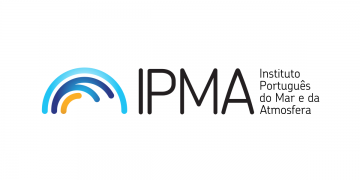

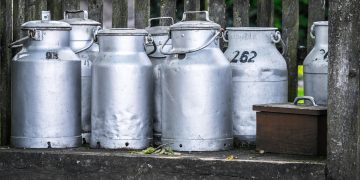
















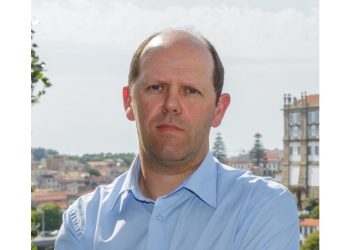
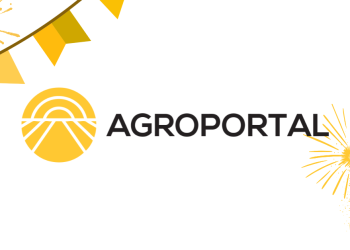







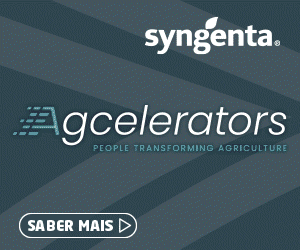








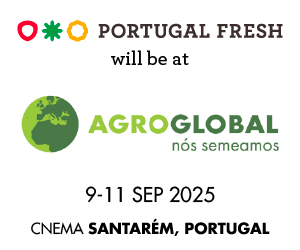












Discussão sobre este post